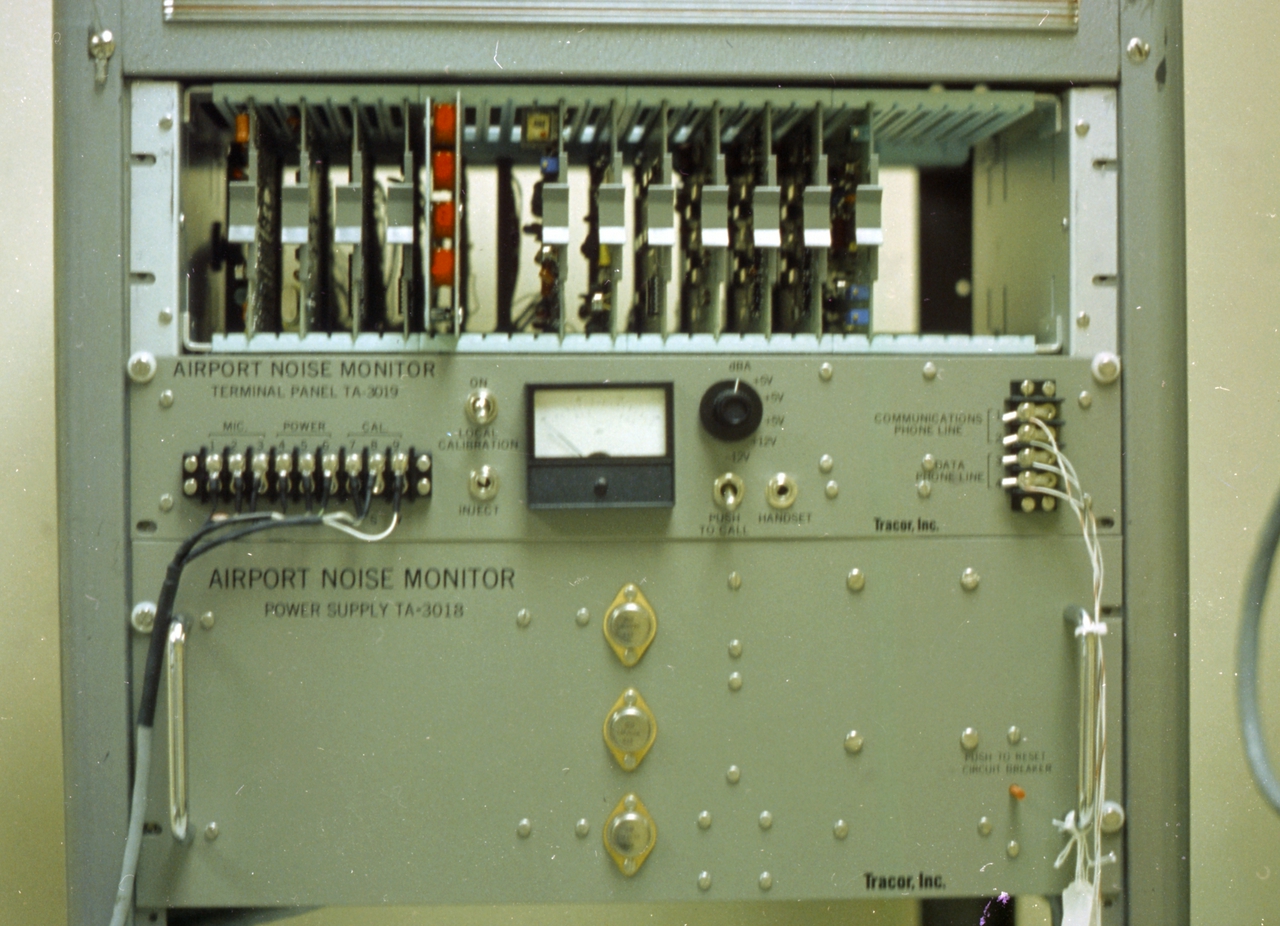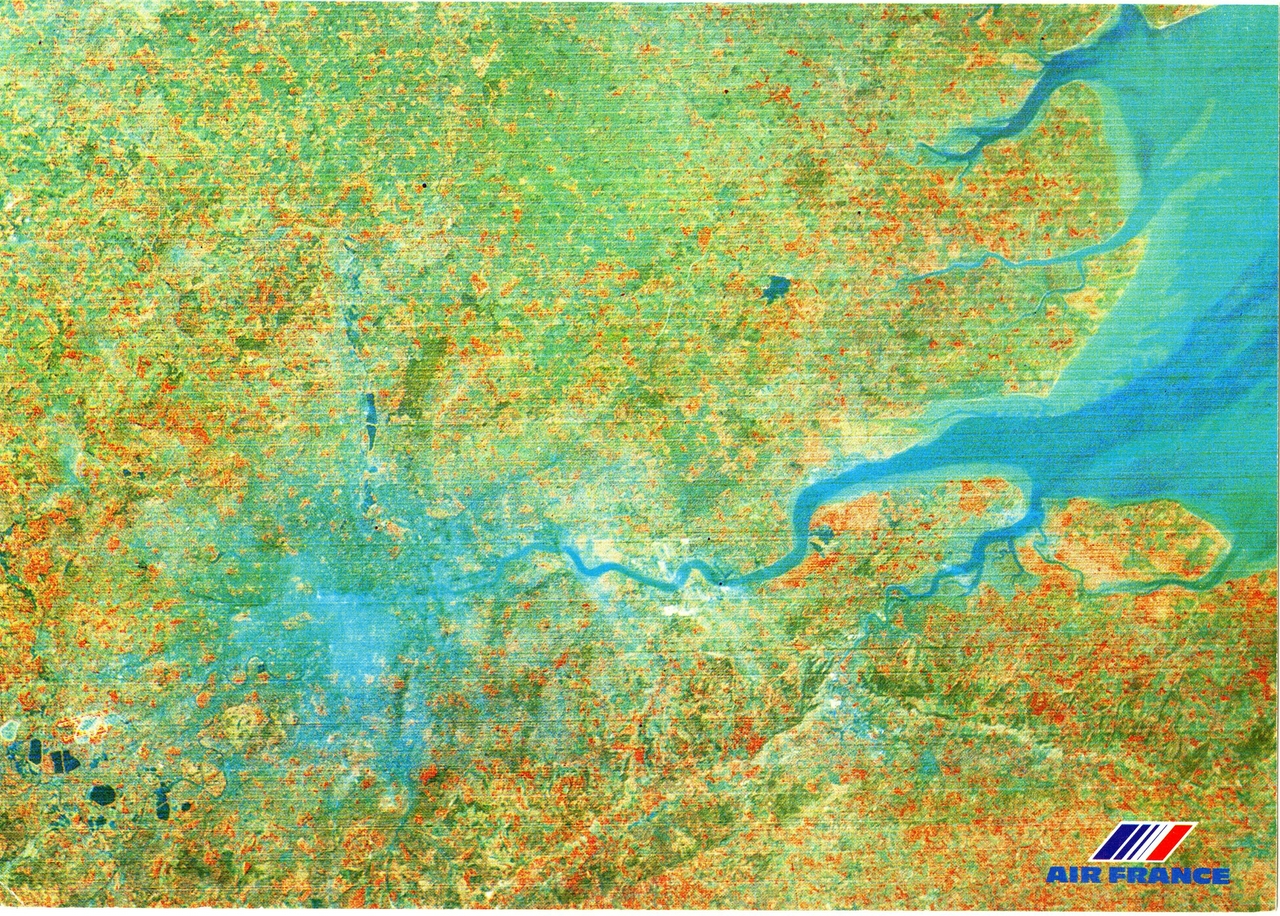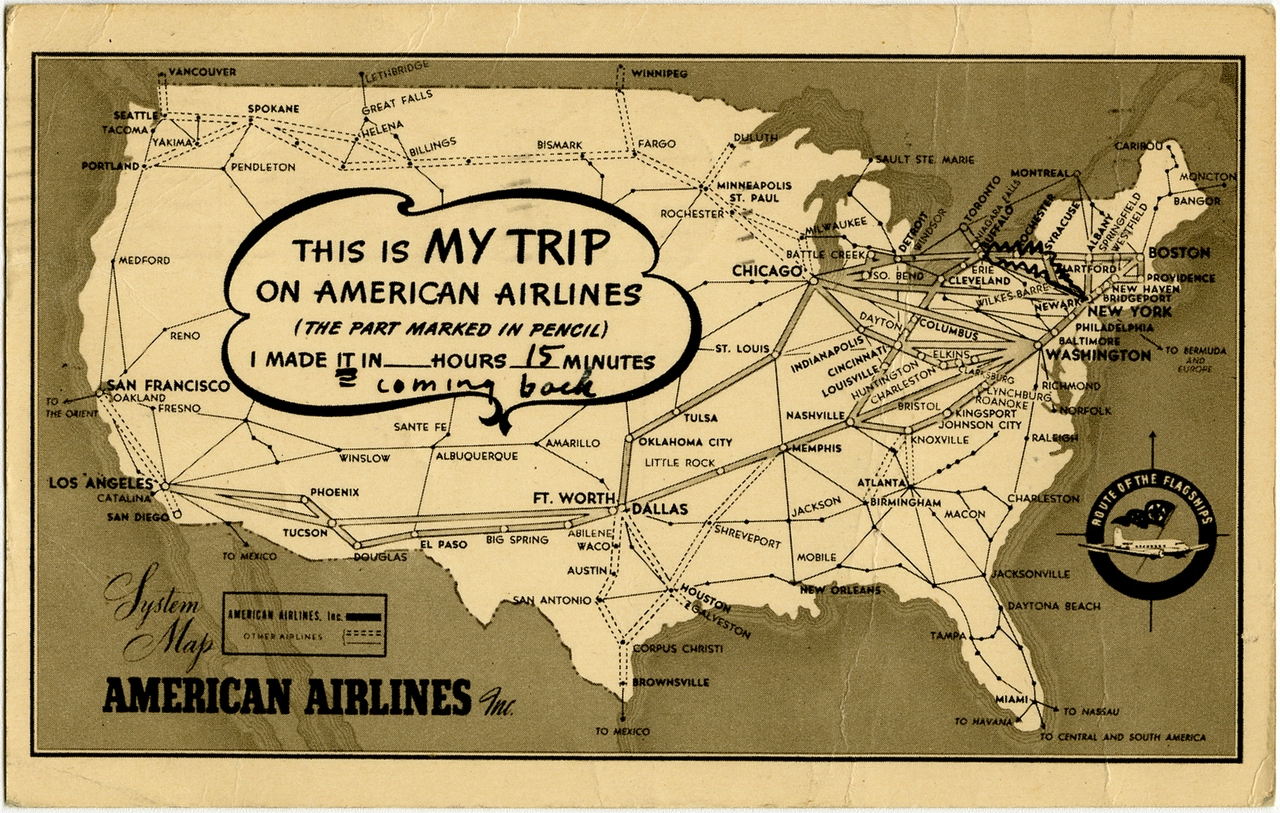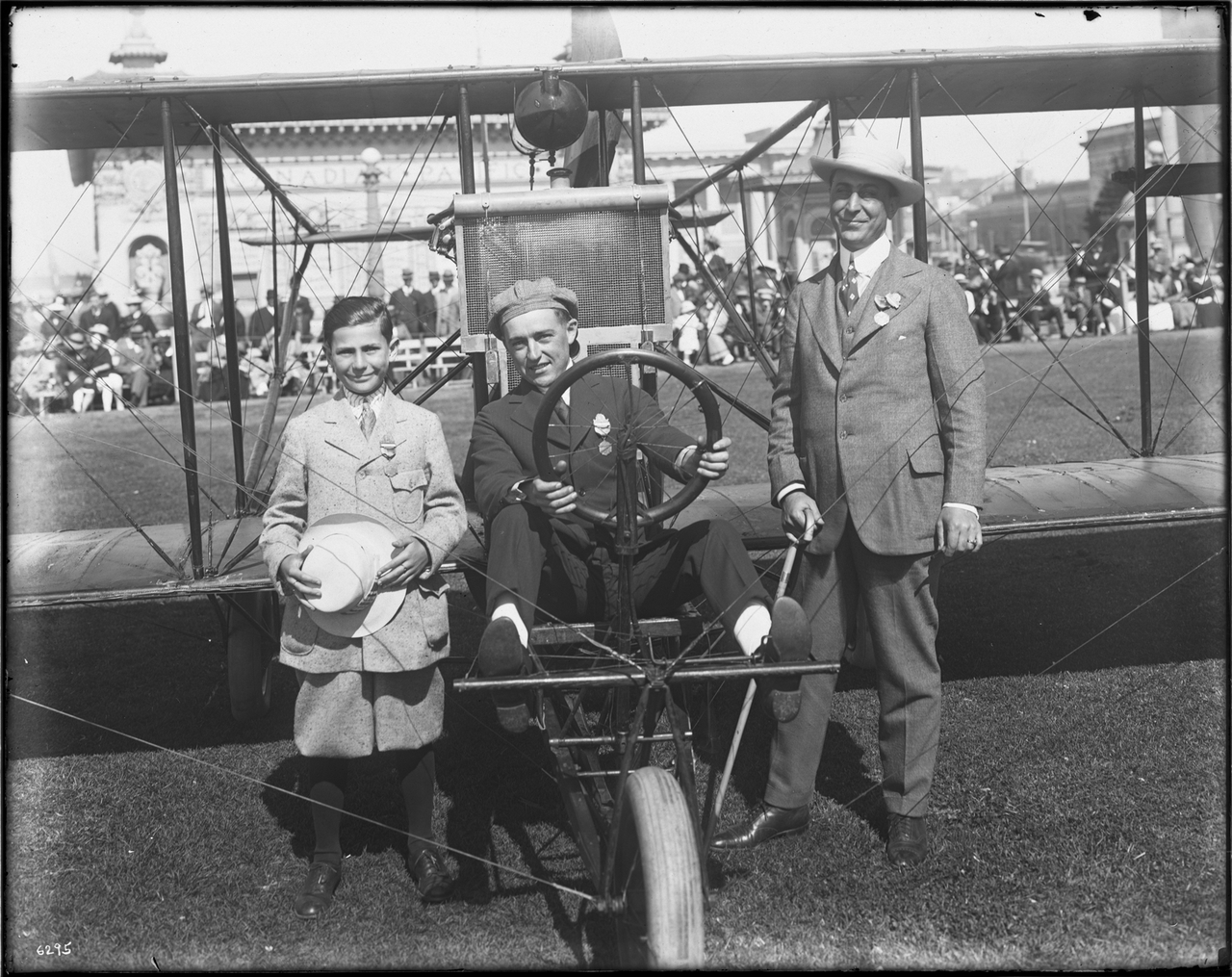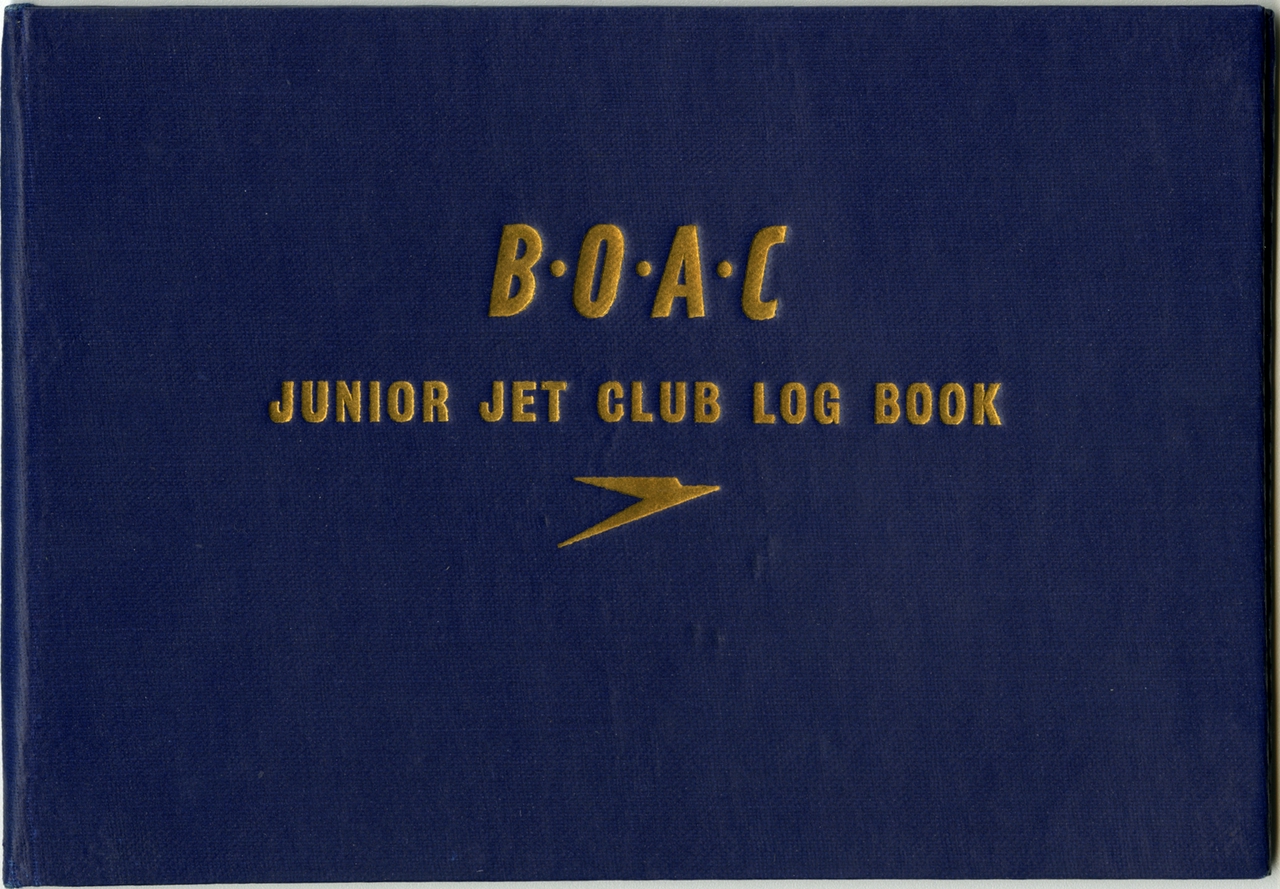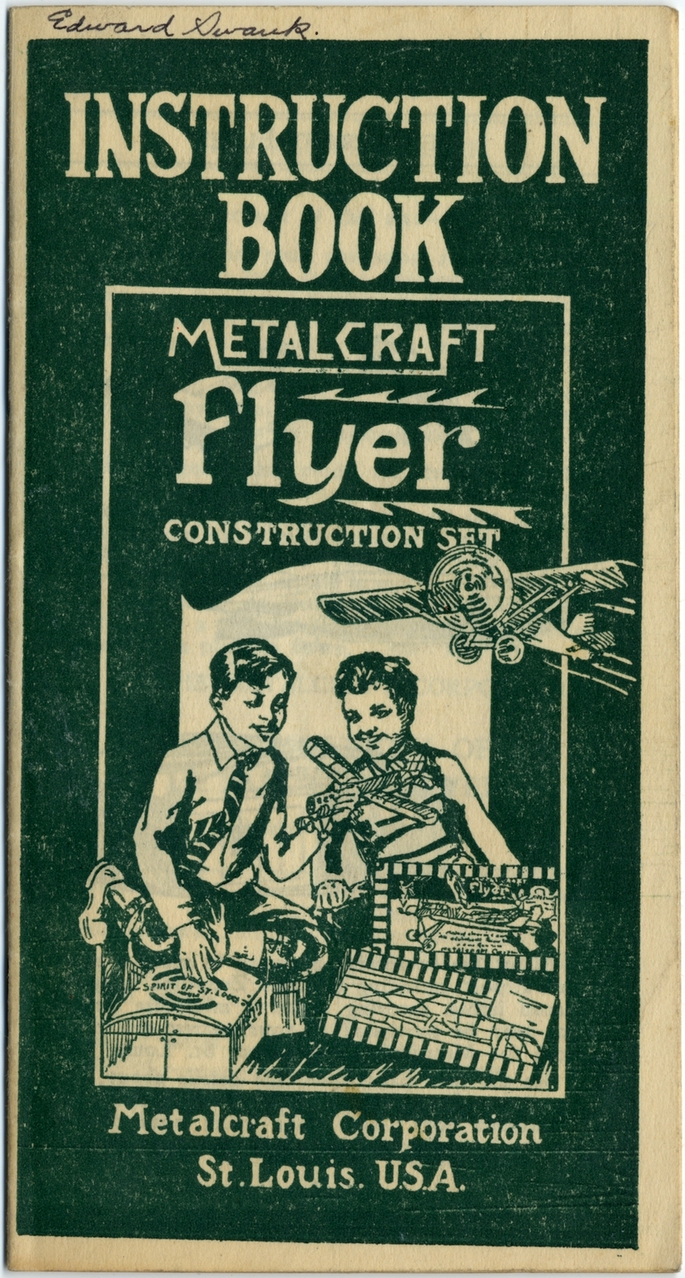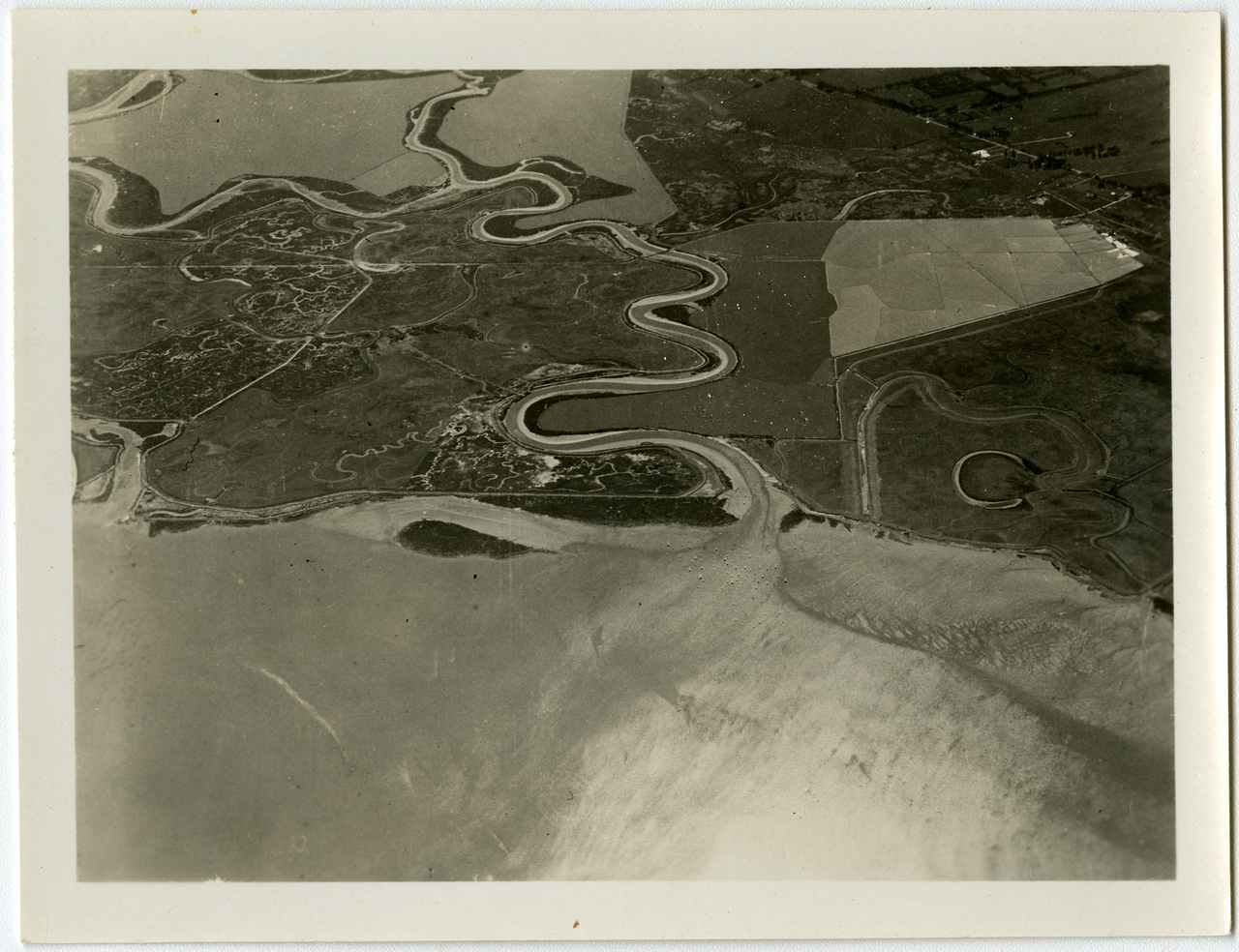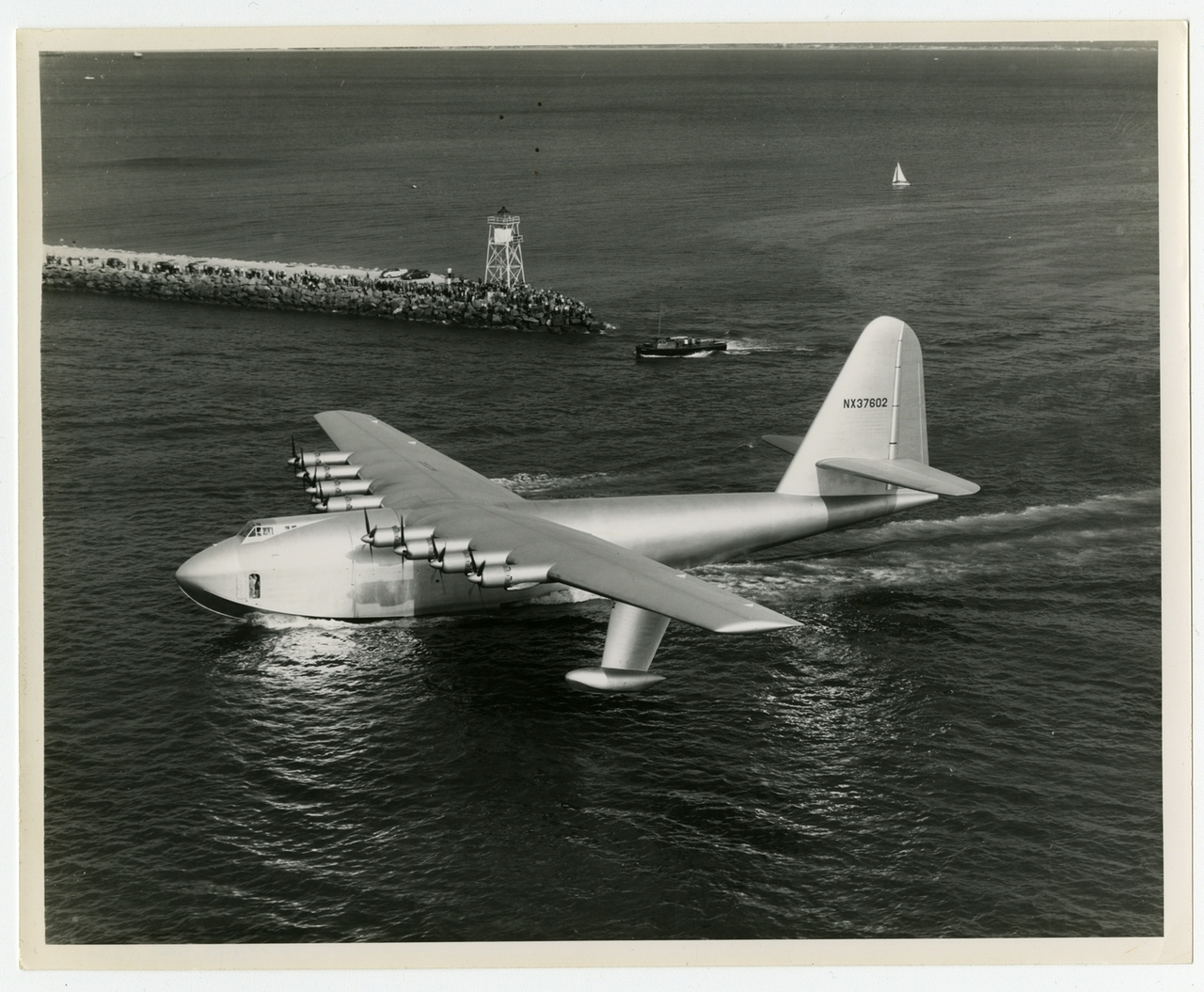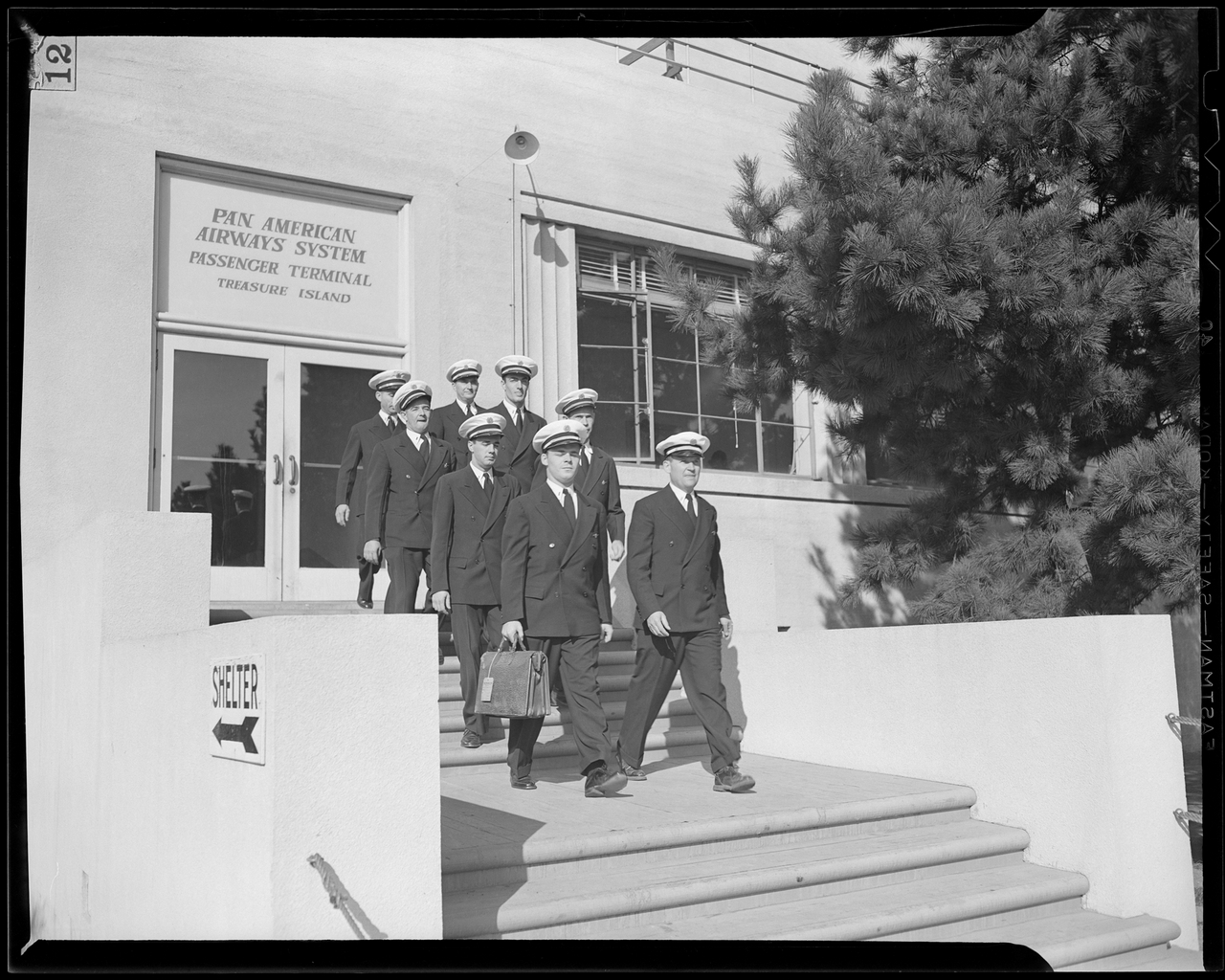Blog posts tagged sfo
Geotagging at SFO Museum, part 10 – Native Applications
In the same way that we can wrap a traditional web application in a Go program, can we wrap that Go program in a native macOS application? Each platform has its own unique affordances and tolerances. A larger goal for the museum is recognizing the possibilities that each platform affords so that we might be able to treat them as a kind of “kit of parts” to be reconfigured as needed for future projects.
This is a blog post by aaron cope. It was published on May 18, 2020 and tagged sfo, collection, geotagging, oauth2, golang, javascript and macos.
Geotagging at SFO Museum, part 9 – Publishing Data
This post is about the go-www-geotag-sfomuseum application. It adds support for authenticating users and publishing data to any service that supports the OAuth2 standard. For the purposes of this post we’re using GitHub to demonstrate our work because we already publish all our open data on GitHub so it is useful for our geotagging application to be able to write directory to their API. In the future we might update our geotagging application to talk to SFO Museum’s own OAuth2 and API endpoints.
This is a blog post by aaron cope. It was published on May 07, 2020 and tagged sfo, collection, geotagging, oauth2 and golang.
Geotagging at SFO Museum, Part 8 – Old maps
What’s become clear as we work through geotagging photos in the SFO Museum collection is that it’s very useful to be able to geotag things using a map from, or near to, the same year that a photo was taken. The facts on the ground change often and fast enough at SFO that it can be hard to make sense of an old photo using a contemporary map.
This is a blog post by aaron cope. It was published on May 04, 2020 and tagged sfo, collection, history, geotagging and maps.
Geotagging at SFO Museum, Part 7 – Custom Writers
In order to support SFO Museum’s use case we would need to bundle all of the code required to implement the steps described above with the go-www-geotag application. That’s a lot of functionality that which not germane to another user of the application. It’s also, potentially, a lot of code that SFO Museum may not want or be able to share publicly. It’s a scenario that would have to be repeated for every custom writer adding unnecessary complexity and size to the final geotagging application.
This is a blog post by aaron cope. It was published on May 01, 2020 and tagged sfo, collection, geotagging, whosonfirst and golang.
Geotagging at SFO Museum, Part 6 – Writers
So far, we’ve got a map and a camera, a global search endpoint, a simple way to query for and display images and enough information to display already geotagged images correctly. Importantly none of these things are specific to our museum or any other institution. In fact there’s nothing about go-www-geotag that is specific to the cultural heritage sector at all. You could use this tool to geotag any set of images. But what about saving the geotagging information that the Leaflet.GeotagPhoto extension produces?
This is a blog post by aaron cope. It was published on April 30, 2020 and tagged sfo, collection, geotagging and golang.
Geotagging at SFO Museum, Part 5 – Images
If the go-www-geotag application is designed to be agnotic to the details of any one user’s data sources how does it know where to find and load the images it’s meant to geotag? Isn’t this exactly the problem I described in the first post in this series, a scenario where the go-www-geotag application is required to know about an infinite number of image sources? Rather than trying to support a potentially infinite list of image sources we’ve decided to require the use of the oEmbed standard as the means by which images are identified and loaded in to the application.
This is a blog post by aaron cope. It was published on April 29, 2020 and tagged sfo, collection, geotagging, oembed and iiif.
Geotagging at SFO Museum, Part 4 – Search
But what if you want to center the map on a different place and don’t already know its latitude and longitude coordinates? What if you need to jump around to a bunch of different places all over the world?
This is a blog post by aaron cope. It was published on April 28, 2020 and tagged sfo, collection, geotagging, placeholder and search.
Geotagging at SFO Museum, Part 3 – What Is the Simplest Thing?
I call this the “building with two-by-fours” stage of development to highlight the importance of not just building things quickly but equally being able to disassemble and rearrange them just as easily. Sometimes this happens at the expense of elegance and finish but that doesn’t diminish their importance or a commitment to address those things.
This is a blog post by aaron cope. It was published on April 27, 2020 and tagged sfo, collection, geotagging and golang.
Geotagging at SFO Museum, part 2 – First Steps
In the end we may deploy this application for staff as a hosted website on the internet but we would like to have the ability and the flexibility for staff to also run the application locally, from their desktop. The majority of museum staff are not developers and won’t know how or be able, or want, to install the external dependencies that might be necessary for an application written in another programming language to run.
This is a blog post by aaron cope. It was published on April 24, 2020 and tagged geotagging, sfo, collection, golang and maps.

